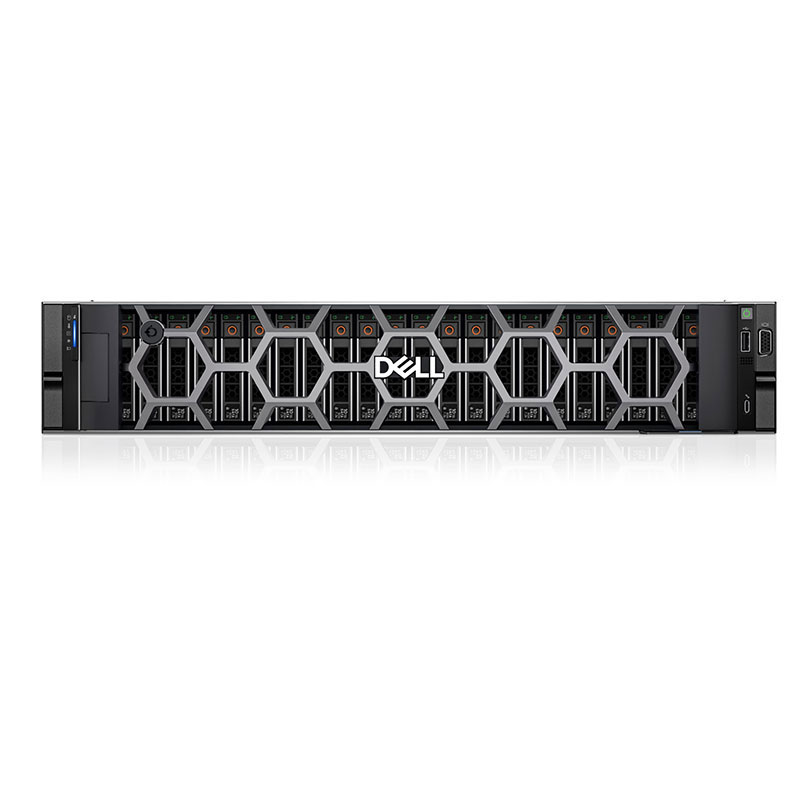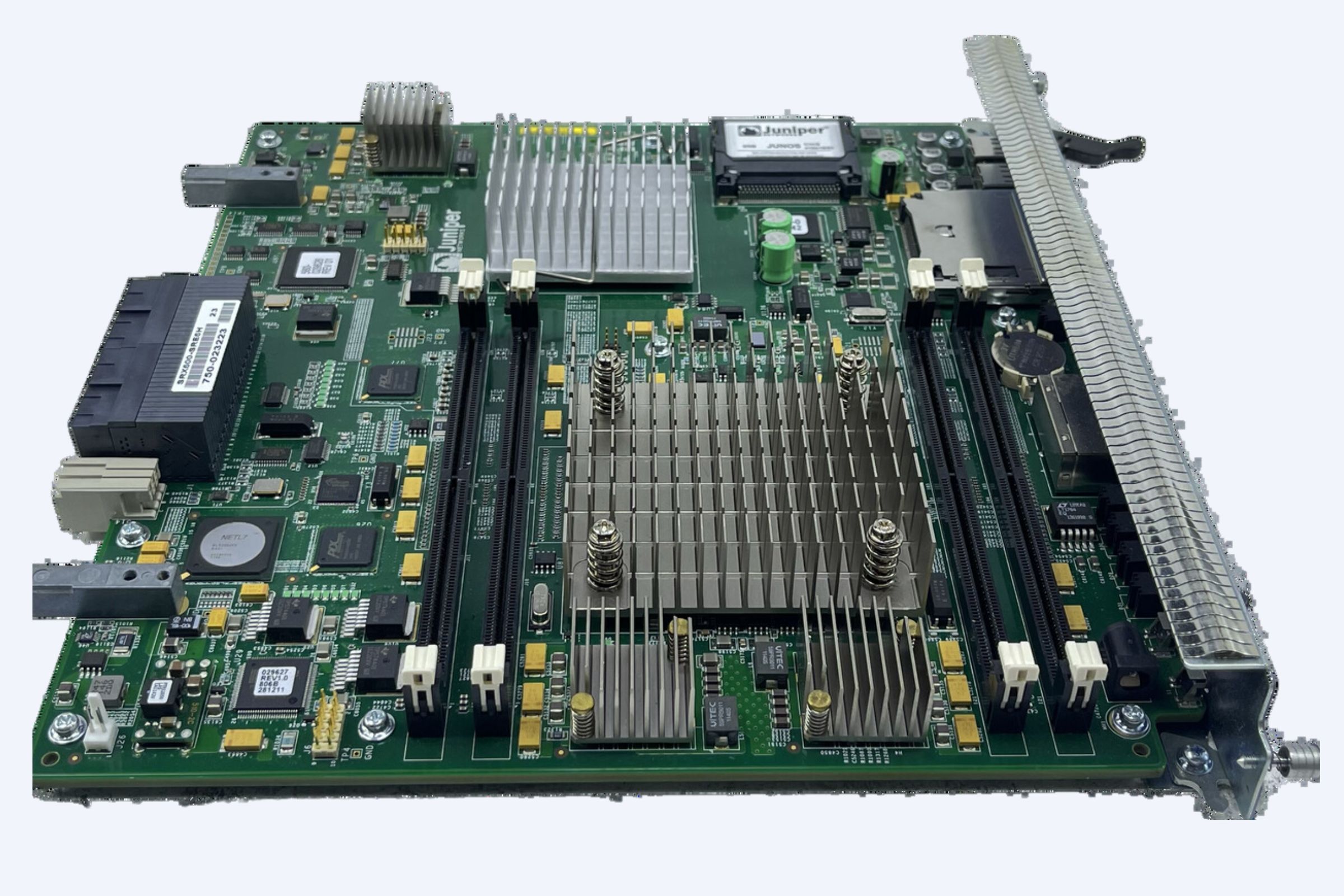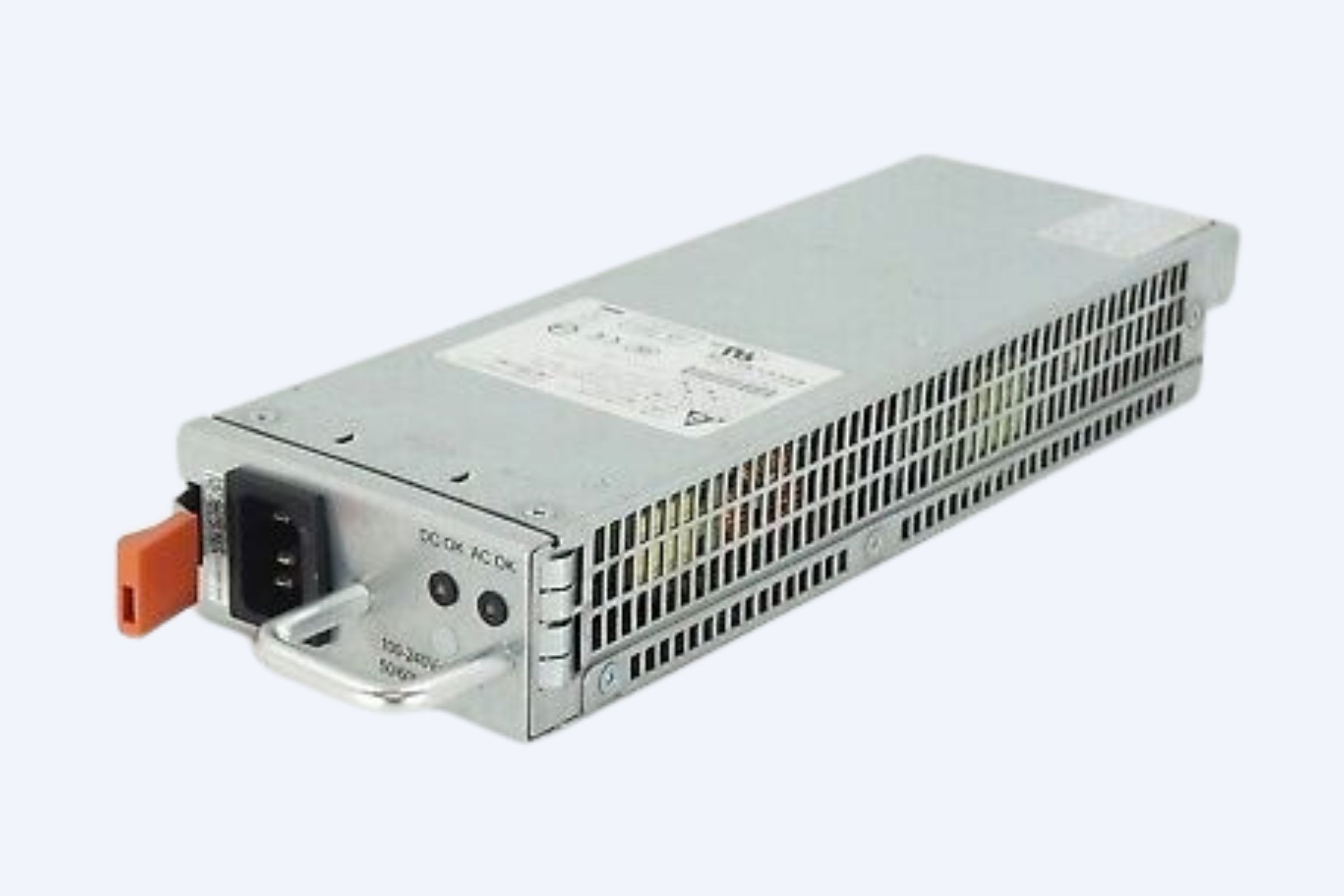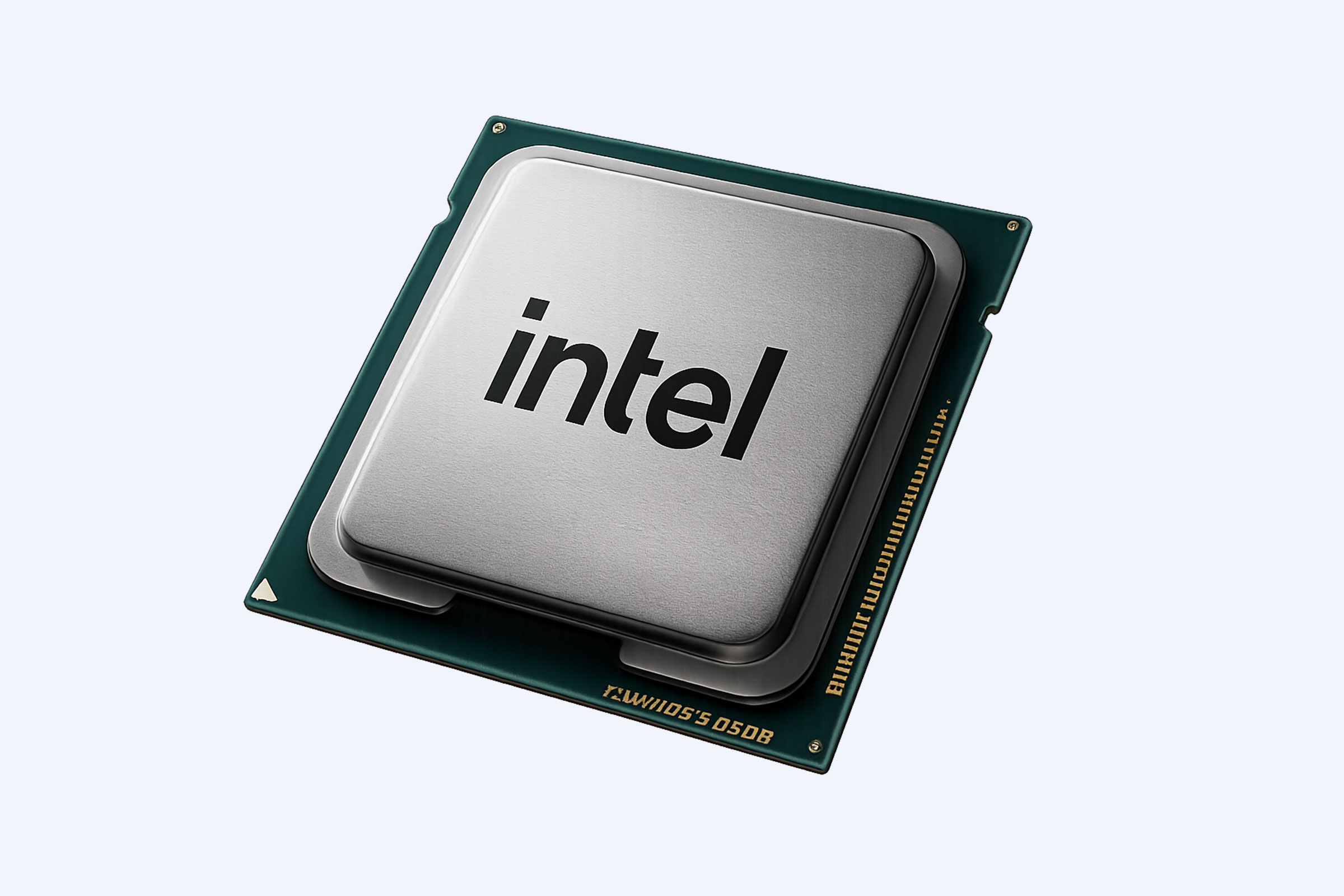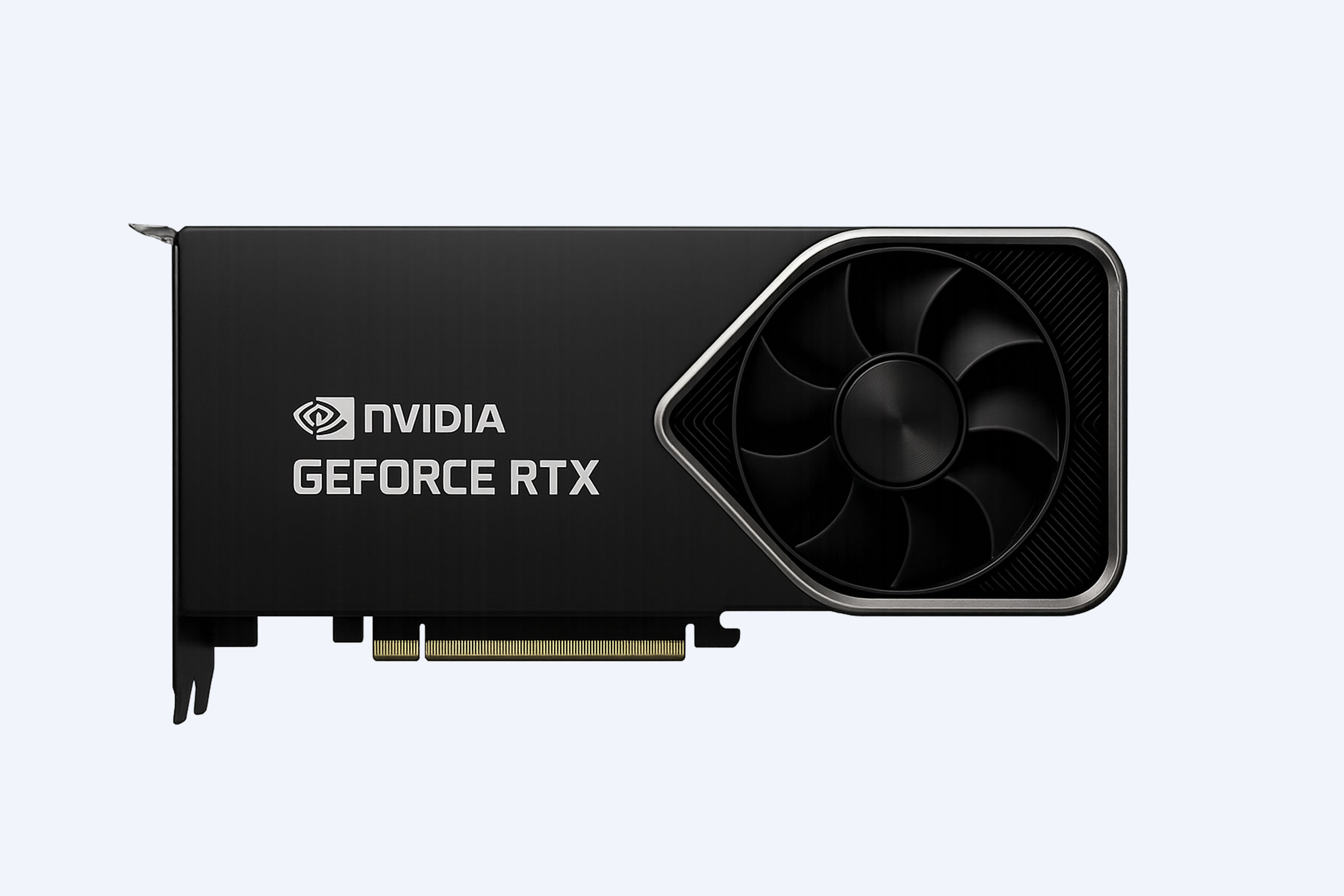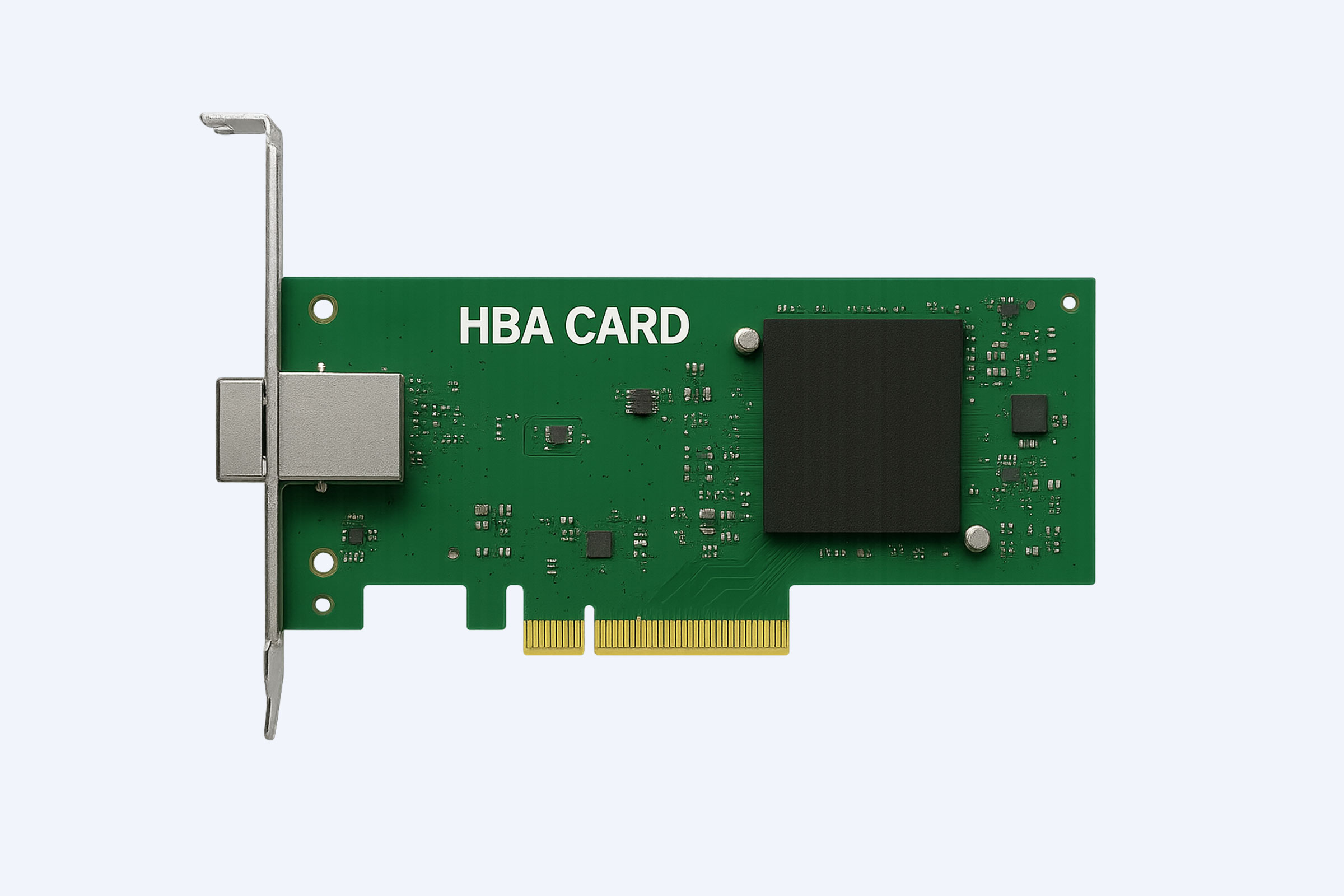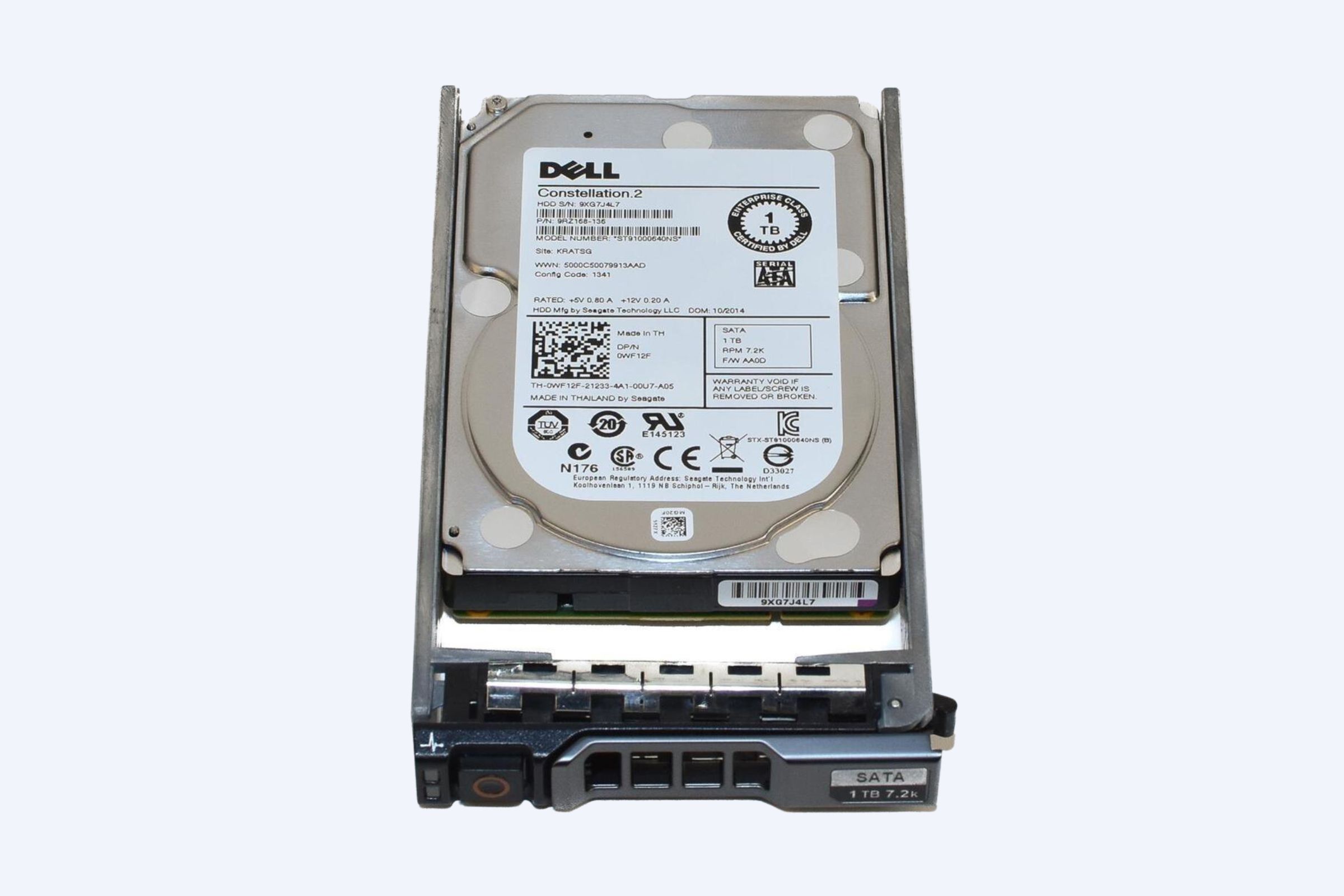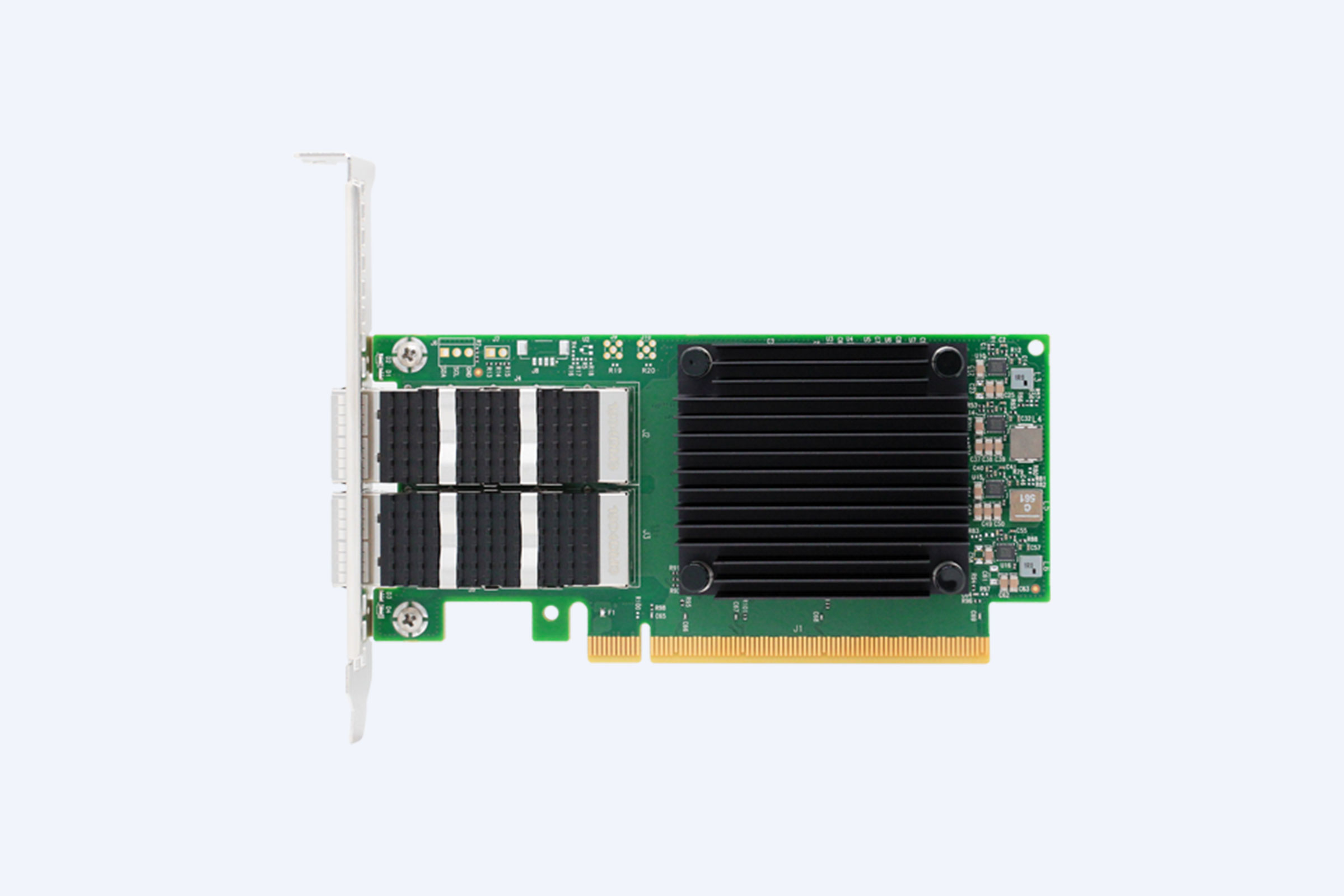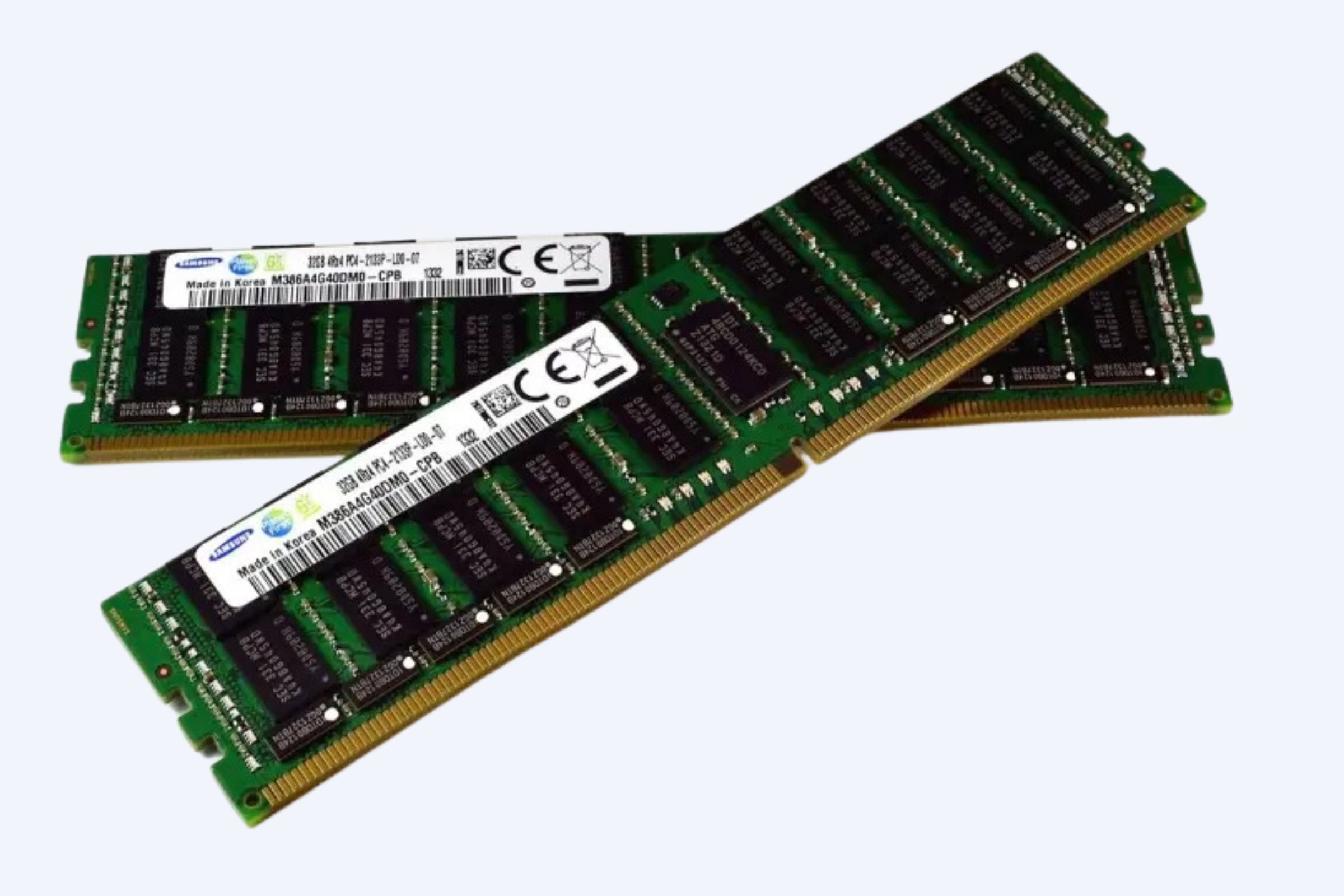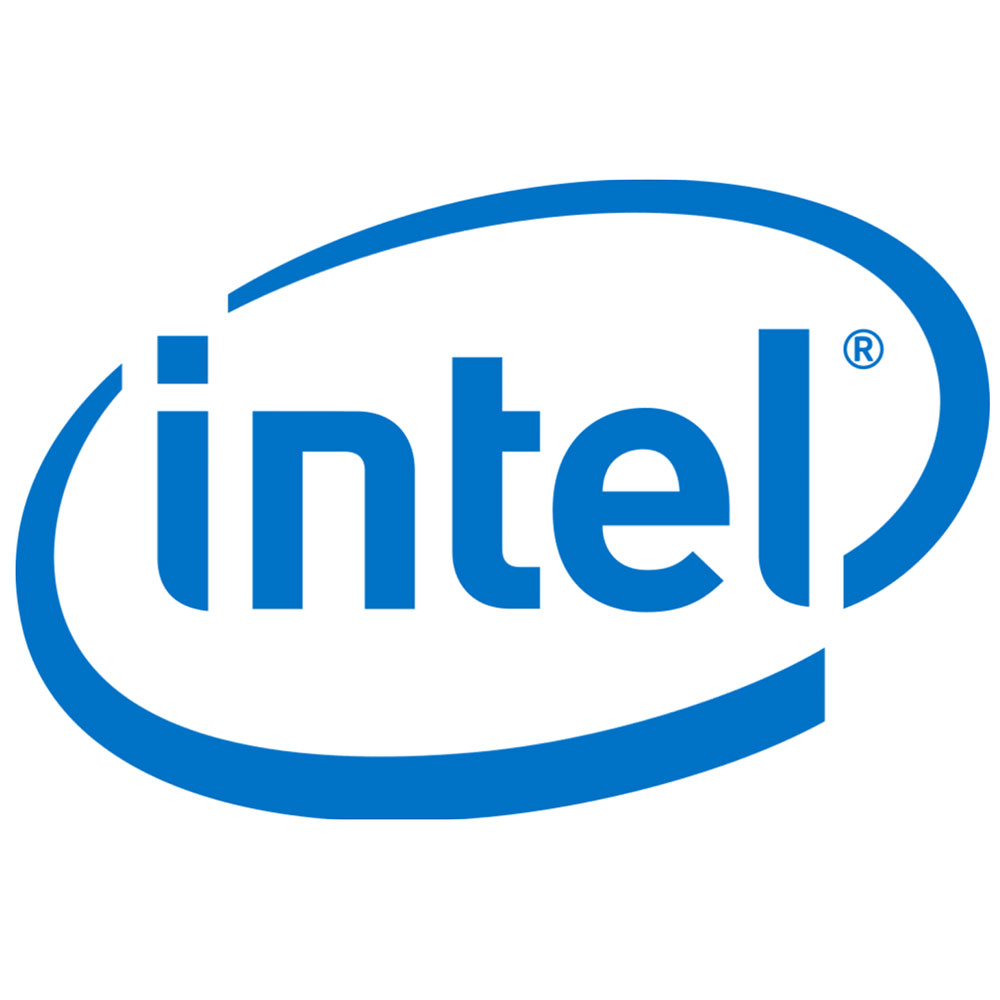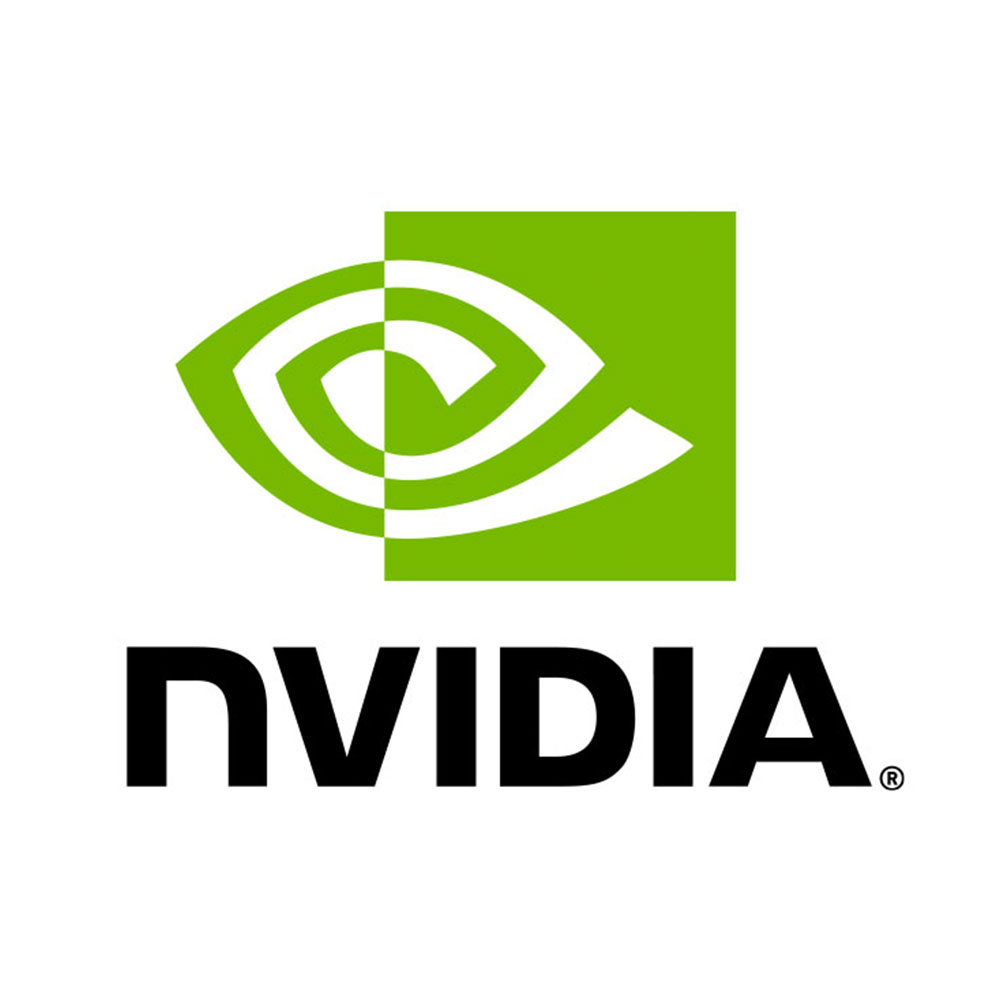A 16th generation machine typically refers to Dell’s 16th-generation PowerEdge servers launched in 2023 or IBM’s z16 mainframe from 2022, both representing significant advancements in enterprise computing. These machines emphasize enhanced performance, efficiency, AI capabilities, and next-level security, making them critical for modern data centers and mission-critical workloads.
What Are the Key Features of Dell’s 16th Generation PowerEdge Servers?
Dell’s 16th-generation PowerEdge servers feature the latest 4th and 5th Gen Intel Xeon Scalable processors and AMD EPYC CPUs, offering significant improvements in processing power and efficiency. They support DDR5 memory, PCIe 5.0, and advanced storage options with NVMe drives. Their Smart Flow Design cooling system optimizes energy use and thermal management. Enhanced security with zero-trust architecture and management via OpenManage streamline IT operations.
In essence, these servers deliver scalable, reliable solutions optimized for virtualization, databases, AI, and software-defined storage, meeting modern data center demands efficiently.
How Does IBM’s z16 Mainframe Innovate Enterprise Computing?
IBM’s z16 mainframe, released in 2022, innovates with an integrated AI accelerator on the Telum processor, enabling real-time inferencing at scale for fraud detection and analytics. It is the first quantum-safe system designed to resist attacks from future quantum computers using post-quantum encryption. The z16 offers improved processor capacity, faster clock speeds, and massive memory scalability, enhancing transaction throughput while maintaining enterprise-grade security and reliability.
Which Workloads Benefit Most from 16th Generation Machines?
16th generation machines are highly versatile, optimized for workloads including virtualization, cloud-native applications, AI and machine learning, data analytics, large databases, and software-defined storage. Dell PowerEdge servers excel in intensive GPU applications, virtualization, and high-density compute tasks, while IBM z16 is specialized for large-scale transaction processing, real-time data analysis, and critical security-centric environments.
Why Are Advanced Security Features Critical in 16th Generation Servers?
Modern enterprise servers incorporate next-gen security like zero-trust models, multifactor authentication, and silicon-level protections to safeguard growing cyber threats. IBM z16’s quantum-safe cryptography prepares businesses against emerging quantum threats. These features protect sensitive data in transit, at rest, and in use, ensuring compliance and resilience against sophisticated breaches, which is vital for enterprises handling mission-critical workloads.
How Do 16th Generation Servers Improve Data Center Efficiency and Scalability?
The 16th generation servers utilize innovations like DDR5 memory, PCIe 5.0 support, and smart cooling technologies to boost processing throughput while lowering power consumption. Modular designs reduce maintenance downtime, and AI optimizations dynamically adjust resources to workload needs. These efficiencies translate to better scalability in cloud and hybrid environments with reduced operational costs and environmental impact.
What Are the Differences Between Dell’s 16th and 17th Generation PowerEdge Servers?
While the 16th generation PowerEdge servers introduced DDR5 memory, PCIe Gen5, and smart cooling, the 17th generation offers higher memory speeds, increased compute density with up to 192 AMD EPYC cores, and CXL 2.0 memory pooling. The 17th Gen also adds optimized support for AI-native workloads with direct GPU and accelerator integration, refining the platform for next-gen enterprise demands.
| Feature | 16th Gen PowerEdge | 17th Gen PowerEdge |
|---|---|---|
| Processor | 4th and 5th Gen Intel Xeon; AMD | Intel Xeon 6 and AMD EPYC 9005 |
| Memory | DDR5 | Faster DDR5 (up to 6400 MT/s) |
| PCIe Support | PCIe Gen5 | Wider PCIe Gen5, supports CXL 2.0 |
| Cooling | Smart Flow Design | Enhanced Smart Flow with denser storage support |
| AI/Accelerators | AI-driven workload optimization | AI-native optimized, GPU direct support |
How Does Wecent Leverage 16th Generation Technology in Their Solutions?
Wecent Technology, with over 8 years of experience and headquartered in Shenzhen, provides enterprise-class servers including Dell PowerEdge 16G models. They focus on delivering high-performance, reliable IT infrastructure tailored for global clients. Wecent integrates these 16th generation servers into scalable solutions, ensuring optimized energy efficiency, advanced security, and professional maintenance, positioning them as a trusted partner for businesses worldwide.
When Should Businesses Consider Upgrading to 16th Generation Servers?
Organizations should upgrade to 16th generation servers when facing increasing demands for processing power, especially with AI, cloud, and big data workloads. Upgrades are also strategic for improving cybersecurity defenses and reducing data center operational costs through modern energy-efficient architectures. For enterprises looking to futureproof against quantum threats or to boost real-time analytics, 16G servers from Dell or IBM’s z16 provide a robust foundation.
Where Does the 16th Generation Fit in the Evolution of Enterprise Computing?
The 16th generation marks a leap toward integrating AI acceleration, enhanced security, and high-speed data handling in enterprise hardware. It follows decades of advancements from early mechanical calculators in the 16th century to today’s focus on hybrid cloud, edge computing, and quantum-safe environments. These machines anchor the digital infrastructure needed for next-wave innovation and enterprise growth in the 2020s.
Wecent Expert Views
16th generation machines represent a crucial evolution in enterprise IT, combining raw computational power with advanced AI and security features that reflect current and future business needs. At Wecent, we see these servers as foundational pillars for building resilient IT strategies that are not only performance-driven but also secure against emerging threats. Leveraging partnerships with industry giants like Dell, our goal is to deliver solutions that empower clients to scale efficiently and securely in an increasingly complex digital landscape.” — Wecent Technology
Conclusion
The 16th generation machines, led by Dell’s PowerEdge servers and IBM’s z16 mainframe, are engineered to deliver unparalleled performance, scalability, and security for modern enterprises. Their innovations in AI acceleration, quantum-safe security, and efficient resource management meet the demands of diverse workloads—from virtualization to real-time analytics. Businesses invested in digital transformation should assess the strategic value of integrating these systems, with Wecent Technology positioned as a trusted partner to deliver tailored, reliable solutions.
FAQs
What distinguishes Dell’s 16th generation PowerEdge servers from previous generations?
They offer support for DDR5 memory, PCIe 5.0, enhanced AI-driven workload management, smarter cooling, and robust zero-trust security models.
How does IBM’s z16 handle AI workloads differently?
The z16 includes an on-chip AI accelerator that enables high-speed, real-time inferencing for tasks like fraud detection directly on the mainframe.
Can 16th generation servers protect against quantum computing threats?
Yes, particularly IBM z16 uses quantum-safe cryptography, first of its kind in mainframes, to guard against future quantum attacks.
Why is Wecent a reliable supplier for these advanced servers?
Wecent partners with brands like Dell and provides original, certified hardware with strong after-sales support, serving global clients with tailored, efficient IT solutions.
When is the best time to upgrade to a 16th generation server?
Organizations facing growing data demands, increased security needs, or preparing for AI workloads should consider upgrading to future-proof their infrastructure.



